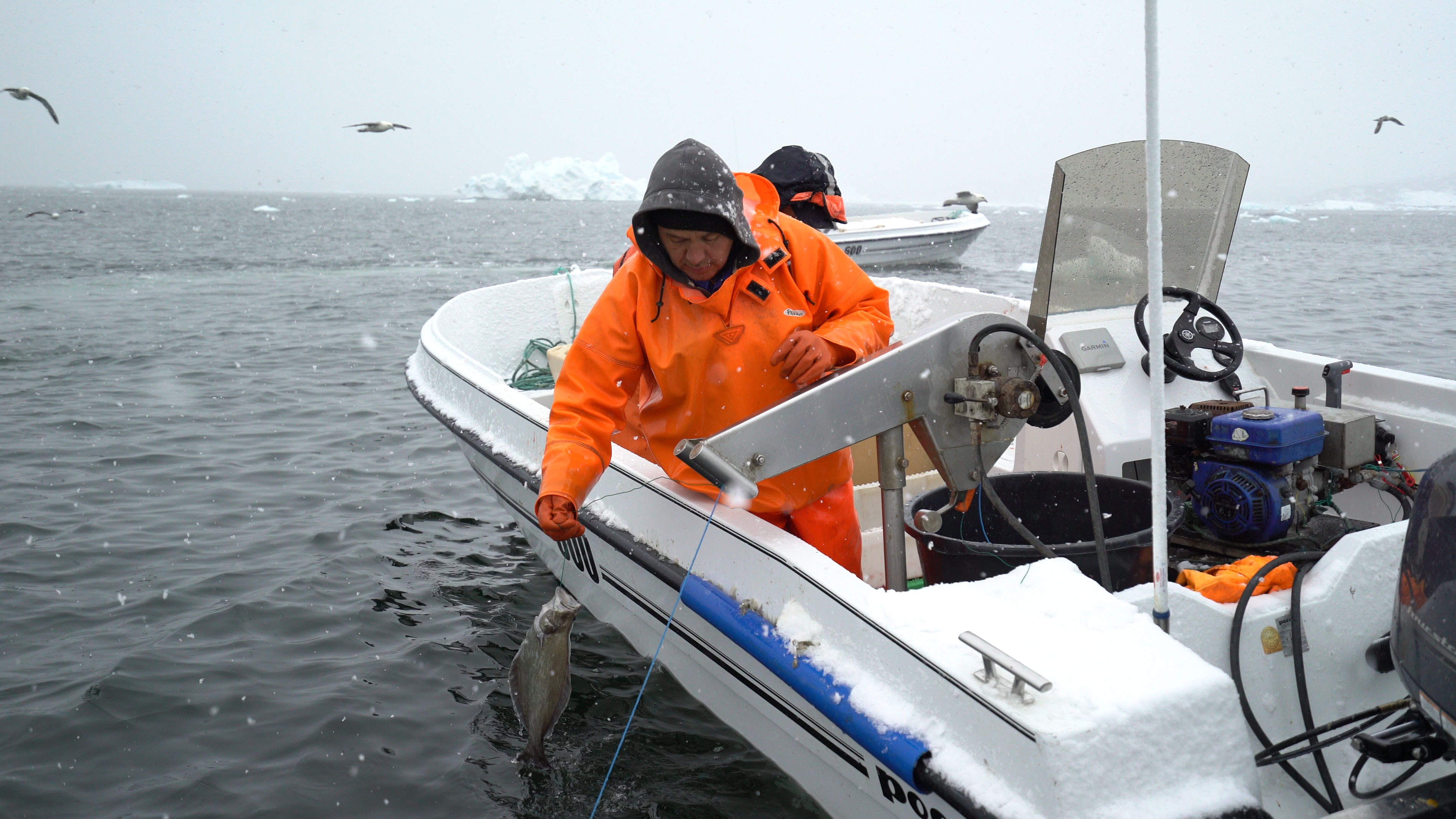Can Global Chemicals Governance Help Phaseouts in Other Sectors?
13 September 2022
“Forever chemicals,” aka PFAS (per- and poly-fluoroalkyl substances) are now mainstream news (for example in the Washington Post and on BBC). Yet, comprehensive discussion of the impacts of chemicals on our environment and health tends to be confined to dedicated outlets and niche literature.
Synthetic chemicals are key to our lives—from the pesticides that increase crop yields to the flame retardants embedded in our clothes and furniture. But while synthetic chemicals have been fundamental to industrial development and economic growth, they can also harm humans and wildlife, deplete the ozone layer, and contribute to climate change. Chemicals are also becoming more complex and ubiquitous. So how do global policymakers try to keep up?
Several multilateral treaties seek to address these impacts by governing the sound management of chemicals throughout their lifecycle, from production to waste. While many substances have been banned due to their impacts on human health and the environment, countries have also deemed it necessary that some chemicals be phased out due to their toxic or ozone-depleting properties or their global warming potential (GWP). Daunting though the task of getting to zero may seem, once agreed, phaseouts of harmful substances have been surprisingly effective.

This ENB Linkages email looks at two multilateral instruments: the Montreal Protocol on Substances that Deplete the Ozone Layer and the Stockholm Convention on Persistent Organic Pollutants (POPs). It highlights how these multilateral environmental agreements (MEAs) successfully phased out harmful substances and considers some lessons that can inform other phasedown (or out) efforts, such as those required for an energy transition.
Phasing Out Ozone Depleting Substances
The Montreal Protocol regulates the production and consumption of nearly 100 ozone-depleting substances (ODS). Adopted in 1987, it entered into force in 1989. To date, it is the only treaty to be ratified by 198 states—the entire UN membership. Because of its effectiveness, the Montreal Protocol is widely considered a multilateral governance success story and model for other global environmental treaties.
The Montreal Protocol phases down the production and consumption of ODS. It sets different timetables for developed and developing countries in line with the principle of common but differentiated responsibilities with commitments that are binding, time-bound, and measurable. The Protocol also specifies responsibilities pertaining to the phaseout of the different groups of ODS, control of ODS trade, annual data reporting, and national licensing systems to control ODS imports and exports, among other obligations.
The Montreal Protocol is a living treaty designed to evolve over time, reflecting new scientific, technical, and economic developments. Since 1987, countries have adopted several amendments and adjustments, adding new obligations and ODS and adjusting existing control schedules. For example, in 1990, parties added to the list of ODS ten more chlorofluorocarbons (CFCs)—substances used as solvents and refrigerants, among other applications. They also added carbon tetrachloride (CTC) and methyl chloroform, and tightened control schedules by requiring the complete phaseout of CFCs, halons, and carbon tetrachloride by 2000 in developed countries and by 2010 in developing countries.

The Montreal Protocol has also acted on climate change. In 1992, parties added controls on methyl bromide, hydrobromofluorocarbons, and hydrochlorofluorocarbons (HCFCs). This last group of chemicals are both ODS and powerful greenhouse gases used worldwide in refrigeration, air conditioning, and foam applications. The global warming potential of the most used HCFC is nearly 2,000 times greater than that of carbon dioxide. In recognition of this, in September 2007, parties decided to accelerate their phaseout of HCFCs, with developed countries moving to phase them out completely by 2020 and developing countries by 2030.
More recently, at the 28th meeting of the parties to the Montreal Protocol in 2016, countries adopted the Kigali Amendment to include, and set phasedown schedules for, hydrofluorocarbons (HFCs). HFCs were introduced as safer alternatives to HCFCs and CFCs from an ozone-depleting point of view. Countries initially supported using HFCs to facilitate the phaseout of these two groups of ODS. They are now widely used in air conditioners, refrigerators, aerosols, and foams, among other products. However, while not a threat to the ozone layer, HFCs have a high global warming potential. Parties agreed to phase them down to protect the climate system by approving a timeline for their stepwise reduction by 80-85% by the late 2040s. Under the Kigali Amendment, developed countries must begin to phase down HFCs by 2019, and most developing countries must freeze their HFC consumption levels in 2024. As that 2024 deadline approaches, HFCs phasedown is one of the Montreal Protocol’s key areas of implementation.
Phasing Out Persistent Organic Pollutants
POPs are carbon-based chemicals that are toxic to humans and wildlife. Carried on air and water currents, they can travel far from the source of their release into the environment. The Stockholm Convention spearheads global cooperation on POPs to understand their impact and effectively tackle transboundary pollution.
To be characterized as a POP under the Stockholm Convention, a chemical must demonstrate four properties: persistence (“forever chemicals,” for example, can take hundreds of years to break down); bioaccumulation in the bodies of humans or other living organisms; adverse effects associated with their toxicity; and long-range environmental transport (for example, through migratory species, water, or air).

Much like the Montreal Protocol, the Stockholm Convention is a living treaty, allowing parties to add new POPs identified in light of evolving science. Since its entry into force in 2004, parties have added 18 POPs to the original 12 listed in the Annexes of the Convention, also known as the “dirty dozen.”
The Stockholm Convention includes three annexes:
- Annex A lists chemicals for elimination;
- Annex B lists chemicals for restriction; and
- Annex C adds controls to POPs that are created unintentionally, often as a by-product of another process.
The Annexes offer parties flexibility, allowing them to determine the most appropriate control measures for a given substance. This approach reflects the complexity of global action on chemicals. While hazardous, some substances are of critical socioeconomic importance. There may also be no readily available or affordable alternatives to replace them. A good example is DDT, listed in Annex B of the Convention, which is toxic for ecosystems and humans but remains “the single most effective, affordable, and accessible means of malarial vector control.”
Despite this flexible approach, listing in one of the Annexes of the Stockholm Convention has far-reaching implications for a chemical’s production, use, and trade. At minimum, a Stockholm Convention listing serves as a signal to governments, industry, and other stakeholders to limit a chemical’s production and use—and to shift to effective alternatives.
Lessons from Global Chemicals Phaseouts
The Montreal Protocol and the Stockholm Convention are legally binding treaties, which bring governance structures that voluntary phase down or out approaches cannot fall back on. While global participation in a phaseout with binding provisions might be the most effective way to move towards zero, some aspects from these MEAs’ experiences with phaseouts offer lessons for other sectors.
A successful phased approach benefits from a road map that incorporates timetables aligned with capacity. Time-bound and measurable objectives should be identified hand-in-hand with assessments of capacity and needs.
At the same time, the road map should allow for the incorporation of new discoveries. Even a non-binding agreement on a phaseout would send a strong signal to industry stakeholders to search for effective alternatives. Reviews of scientific developments and industry innovations should be considered alongside reviews of progress, including with regard to capacity. An iterative, learning, living process should be an essential part of the road to zero.
Financing for capacity building and implementation is often tied to adherence to agreed expectations. The financial mechanisms used in the Montreal Protocol and Stockholm Convention support countries who are taking agreed action to phase out chemicals. These financial mechanisms already have established procedures for monitoring and assessing criteria for the use of funding. A voluntary phase down or phaseout might need to develop such criteria, while keeping a door open to adjustments that recognize innovations and discoveries on the road to zero.
This article was originally distributed in the Earth Negotiations Bulletin Linkages Update enewsletter and was written by Dr. Elena Kosolapova.